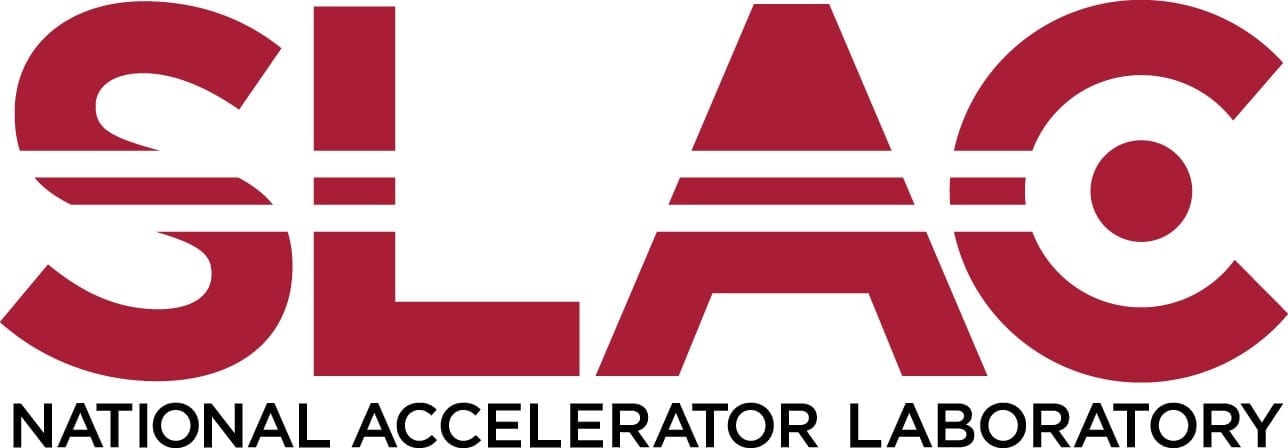
The National Institute of Standards and Technology (NIST) is a physical sciences laboratory, and a non-regulatory agency of the United States Department of Commerce
The Latest Bing News on:
National Institute of Standards and Technology (NIST) Research
- Team develops new testing system for carbon capture in fight against global warming
More than 100 facilities designed to remove carbon dioxide (CO2) from the atmosphere are in various stages of development around the world. In the United States, the first direct air capture (DAC) ...
- Unlocking New Levels of Accuracy With Advanced Timing Chips
Compact chips enhance precision timing for communication, navigation, and various applications. The National Institute of Standards and Technology (NIST) and its collaborators have delivered a small b ...
- NIST issues digital identity update allowing agencies to use synced passkeys
The supplement to NIST's digital identity guidelines could pave the way for agencies to adopt stronger multi-factor authentication methods.
- Calls for Strategic Collaborations to Tackle AI Security Threats
AI’s introduction into cyber-threat scenery made it unbelievably faster for hackers. Analytical reports predict turnover will skyrocket to $10.5 quadrillion by 2025 as AI systems become more powerful ...
- Another view: New NIST framework threatens Texas' innovation excellence
The Bayh-Dole Act of 1980 has propelled scientific innovation through patent protections; a proposed framework may change that.
The Latest Bing News on:
National Institute of Standards and Technology (NIST) Discovery
- CMMC Level 3: Strict Scoping and Expansive Requirements
Level 3 will most likely be required for the programs and contracts already subject to the National Institute of Standards and Technology’s (NIST) Enhanced Security ... CM.L3–3.4.3e Employ automated ...
- NIST researchers develop magnetics-based analyte sensor
Sensing platform uses magnetized hydrogels and a smartphone’s magnetometer to measure glucose concentration in test samples ...
- NIST issues digital identity update allowing agencies to use synced passkeys
The supplement to NIST's digital identity guidelines could pave the way for agencies to adopt stronger multi-factor authentication methods.
- NIST to launch competition for AI-focused manufacturing institute
Commerce’s National Institute of Standards and Technology announced Mar. 12 an open competition for a new Manufacturing USA institute focused on using artificial intelligence (AI) to improve U.S.
- NIST Offers Passkey Guidance in Digital Identity Guidelines Supplement
NIST’s new supplement specifically addresses their use at Authentication Assurance Level 2 (AAL2) and responds to the evolving standards and widespread adoption of these technologies. Authentication ...









